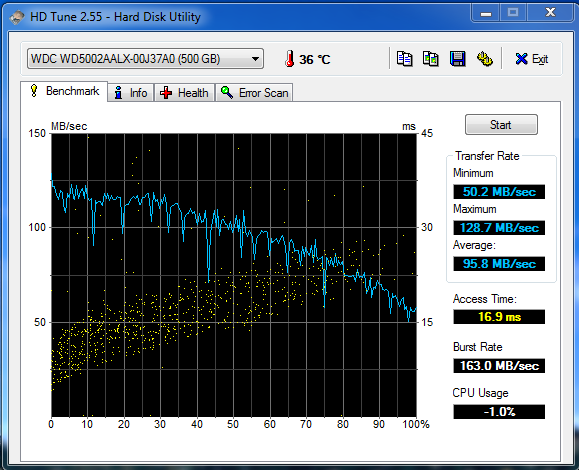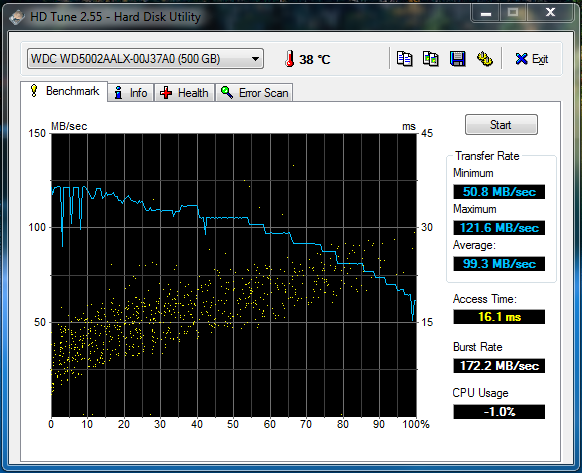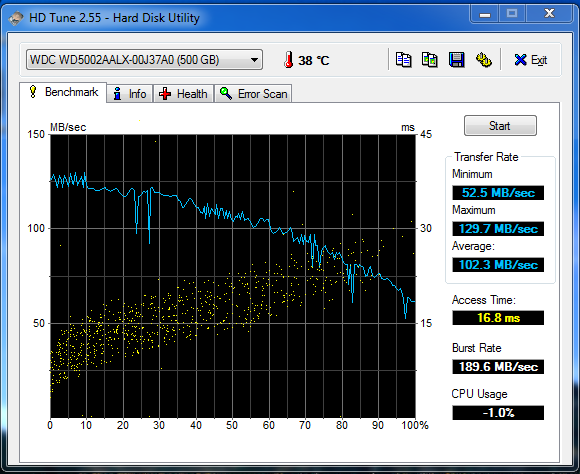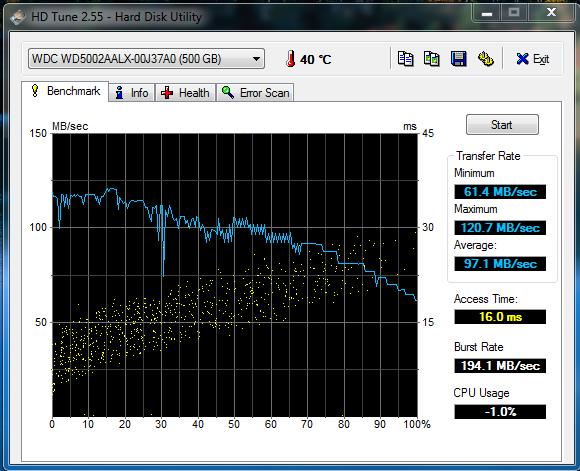New
#21
How do you know there is a difference in the quality of the cables? I was mainly disagreeing about the purity of the copper - pure copper is always used. The SATA 1&2 spec allow for a couple of guages. By insulation do you mean shielding?
Here you go. The section on cables in the standard org's FAQ:
http://www.sata-io.org/documents/SAT...-FAQ-FINAL.pdf9: Does SATA 6Gb/s require different connectors and cables to support the higher
transfer speed?
A9: The same cables and connectors used for current SATA 1.5 and SATA 3.0 Gb/s
implementations can be used to connect SATA 6Gb/s devices, although SATA-IO recommends
quality components be selected to ensure data integrity and robust operation at the faster SATA
6Gb/s transfer rate. Keeping the existing SATA connector form factor enables SATA 6Gb/s to
be designed into the same cost-conscious hardware architectures while minimizing
infrastructure changes.
So I think as long as you have a good quality, shielded, SATA cable meant for a disk drive it should work fine. Some of the cables that come with CD/DVD reader/writers are not very good I expect.


 Quote
Quote




